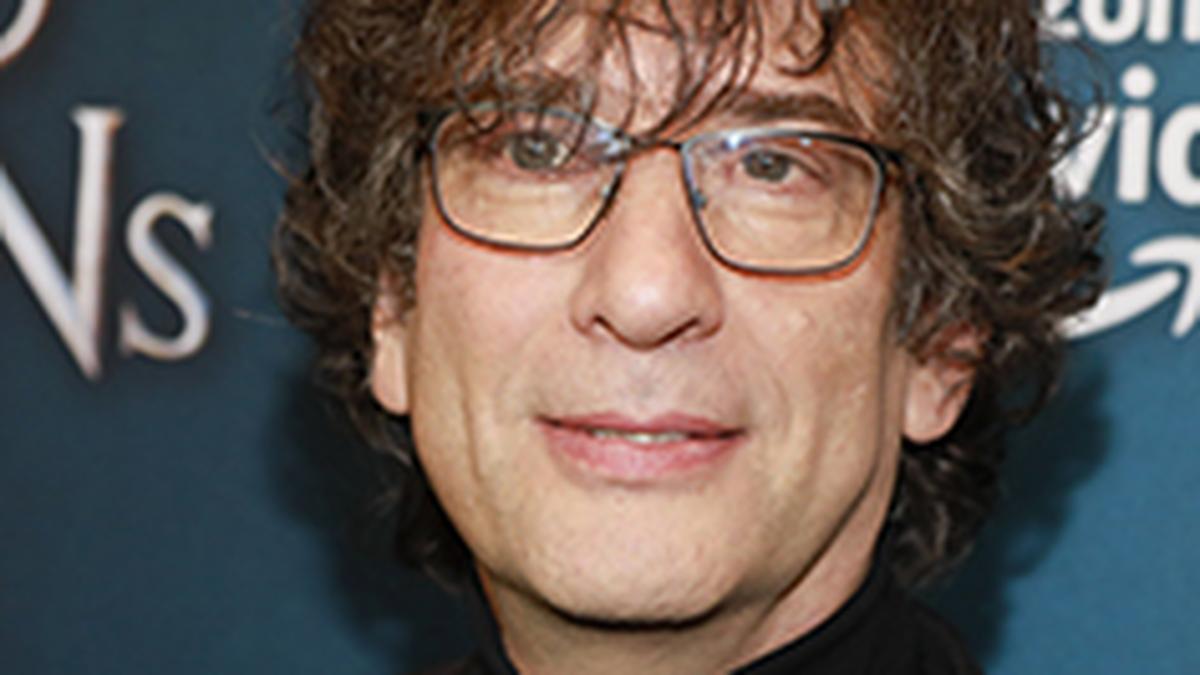
‘Many Moons’, a musical journey conceived by Bindhumalini, intriguingly positioned itself in the liminal spaces between sound and music, cognitive understanding, and intuitive knowing. This multi-layered auditory experience premiered at Courtyard Koota in Bengaluru during their sixth-anniversary celebrations, presenting audiences with an opportunity to traverse through shape-shifting soundscapes. The event challenged conventional notions of what constitutes music, beginning with a meditative immersion into a sound sculpture or musical installation before evolving into a new realm of musical perception in its second part, resembling a concert yet not quite fitting the mold.
The program’s initial offerings moved seamlessly from silence to sounds and rhythmic questions to melody without lyrics. This auditory landscape was a conversation of sorts, threading together disparate elements in music without a trace of dissonance. Central to ‘Many Moons’ were the questions: Does sound need to be arranged for music to emerge? How does the heart find unity in harmony that comprises notes from divergent registers? These musings lingered in the air, inviting reflection.
In the program’s early stages, the music was joyfully free from words, lightly anchored in ancient knowledge structures. Singers Bindhumalini and Gurupriya Atreya utilized body rhythms and humming, creating sound with exuberant ta-ra-ra-ras and la-la-la-las, beautifully complemented by classical guitarist Abhaydev Praful’s vibrant strumming, which alternated between singing and sound-making. ‘My sweet golden moon,’ a composition that honored Illayaraaja’s ‘Yen iniya ponn nilave,’ revealed the intimate bond between music and memory. ‘Rain and smoke,’ a dynamic piece, carried forward the swara-strings style, while ‘Auto-tune,’ named for its creation inside an auto-rickshaw rather than any grand philosophical reasoning, further pushed the boundaries of musical spontaneity.
The unclassifiable nature of these pieces was notable. They resonated with various musical genres, including jazz, classical music, and film music, demonstrating the human voice’s potential as a musical instrument, perhaps even as an extension of an unconfined human mind. The music played within this space was playful, often sidestepping language, and opened avenues for the audience to create personal interpretations of melody, rhythm, and the connections, or lack thereof, between them.
The latter part of the program echoed familiar themes: a song of lament, a lullaby, and a classical composition anchored in the Carnatic raga Bhairavi. Each piece was a snippet, except for the grand finale, ‘Kamakshi,’ performed in its entirety.
. This final piece, a rich ode to the divine feminine, presented a stark contrast to the exploratory approach of the preceding pieces, causing initial resistance in the audience, now attuned to the concert’s exploratory ethos. However, the splendor of Bhairavi and the composition’s invocation of the divine feminine ultimately prevailed, reaffirming the concert’s promise of leaving loose ends untied — a conclusion that perfectly suited the event’s open-ended nature.
Reflecting on ‘Many Moons,’ Bindhumalini highlighted the “magic, hiding in plain sight,” referring to an underlying unity of notes across geographical and cultural boundaries. This unity is manifested in Carnatic music’s Natabhairavi, Hindustani music’s Asavari, and the Western music Natural Minor scale. Intrigued by these connections during her research for another musical composition, she delved deeper into Natabhairavi’s global interpretations, culminating in ‘Many Moons.’ Through this project, she aimed for the process to be visible, offering a “warm welcome into a shared experience” rather than showcasing the raga’s range and manifestations.
This intent was made tangible through pre-show elements, such as playlists from the research phase and voice recordings from other musicians discussing their relationships with the scale, which were played outside the venue. The audience was invited to engage with these materials, which later formed part of the musical installation — an integral element of the event. Credit for facilitating such an innovative project goes to Courtyard Koota’s team, led by Natasha Iype, the space’s architect and artistic curator, alongside other team members like Priyanka Chandrasekar, Divya Sarangan, and Sridhar Varadarajan, who supported the production, research, editing, and sound aspects.
Bindhumalini’s extensive list of national and international accolades belies her unassuming demeanor. Her artistic pursuits span film music creation, theater acting, and deep engagement with diverse musical genres through performance, composition, and research. Collaborating with musicians and artists from varied backgrounds, she fosters a “common space of shared creativity” that transcends individual contributions and talents.
Recalling a childhood memory to encapsulate ‘Many Moons,’ Bindhumalini reminisced about a time when she and a friend snuck away to their school terrace to view the moon without their necessary glasses. Each saw the moon differently but shared their unique perceptions with palpable delight, cherishing the essence of many moons from a single celestial body. This multiplicity of perspectives is the essence she sought to bring to ‘Many Moons.’










